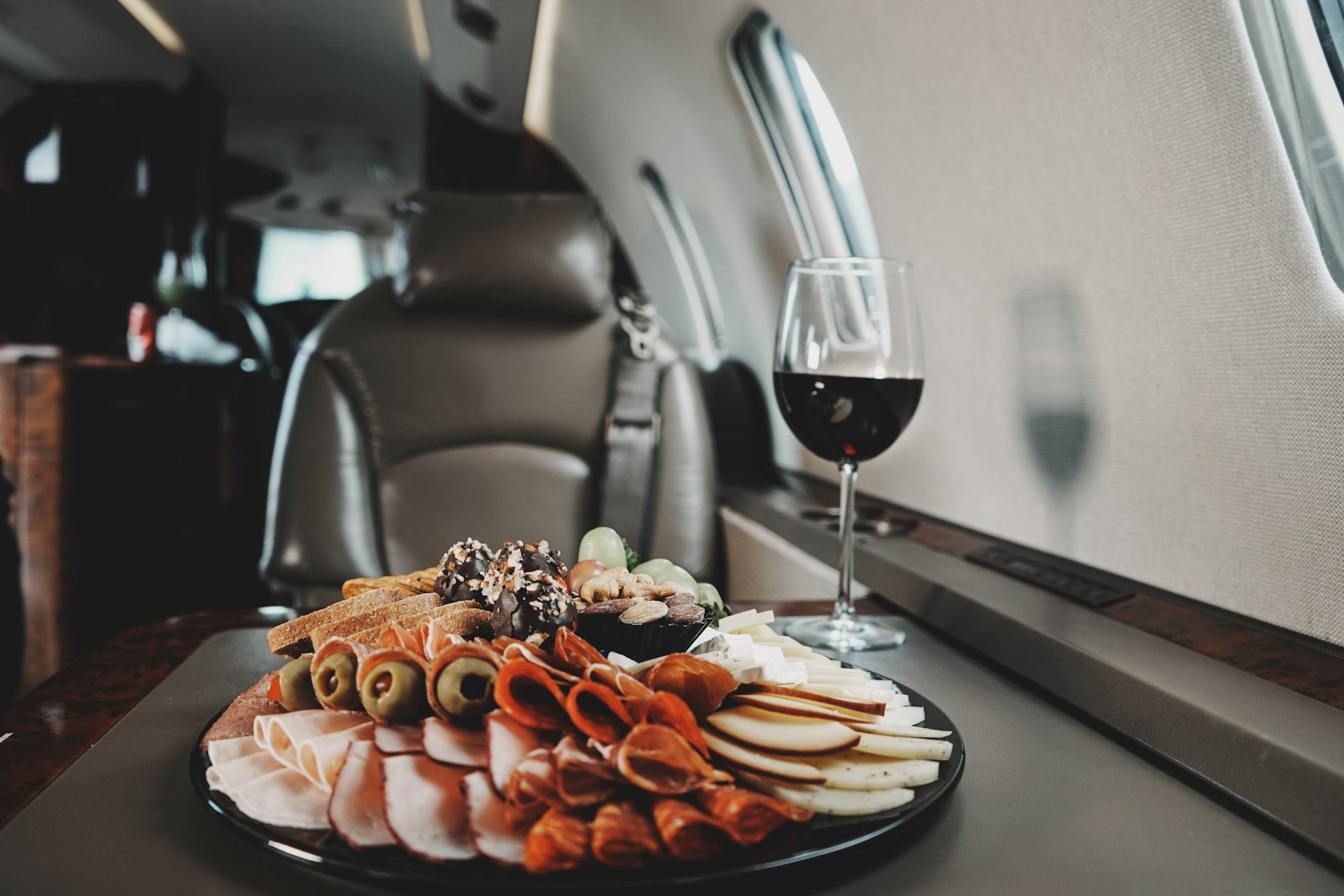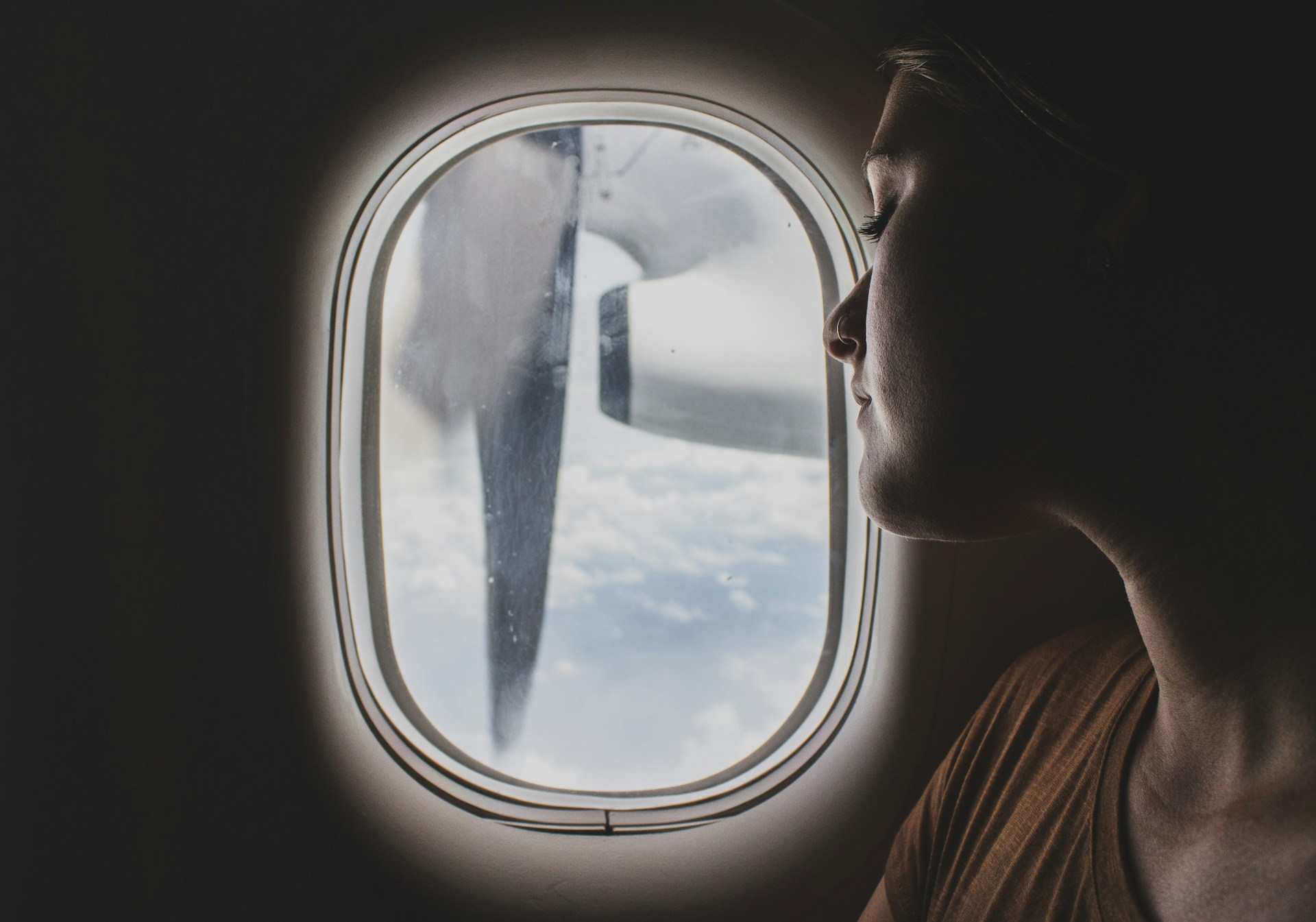Flying can be an exciting experience, but one thing many people complain about is the taste of the food on aeroplanes. It seems like no matter what dish is served, whether it is pasta, chicken, or a sandwich, it just doesn’t taste quite right. So, why does aeroplane food often seem bland, dry, or just plain bad?

One of the biggest reasons airplane food tastes bad has to do with the environment inside the plane itself. When you are 30,000 feet up in the sky, the air pressure is much lower than it is on the ground.
This lower air pressure can dull your senses, particularly your sense of taste and smell. Since these two senses are closely linked, you don’t enjoy food the same way in the air as you would on the ground.
The cabin air is also incredibly dry, with low humidity levels. This dryness dries out your mouth and nose, which also affects your ability to fully taste the food. So, even if the meal was packed with flavour on the ground, it could still taste bland once you are in the air.
The noise inside an aeroplane can also mess with your taste buds. The loud hum of the engines and even the general cabin sounds create a constant background noise, and research shows that this type of noise can reduce our ability to taste sweet and salty flavours.
The louder the environment, the less sensitive your taste buds become. This means that even if the food is seasoned properly, you might not be able to fully enjoy it because the noise distracts your brain from focusing on the flavours.
The constant background hum drowns out your ability to taste things the way you normally would, making the meal seem blander or less flavorful than it actually is.

Airlines have to prepare food in a very specific way because it is made to last long enough for your flight. Most of the meals are cooked on the ground, chilled, and then reheated once you are in the air.
Because of this process, the ingredients used in aeroplane food are often not as fresh as those in a restaurant. They also often use ingredients that can withstand reheating without turning to mush or losing texture, which can lead to dishes that taste more processed or dry.
Airlines also tend to add extra salt, sugar, and seasoning to the meals to make up for the dulling of your taste buds at high altitudes. While this is meant to boost flavour, it can sometimes result in food that is too salty or overly sweet, which doesn’t help if your sense of taste is already dulled by the conditions on the plane.
If you have ever flown in first or business class, you might have noticed that the food tastes a lot better. That is because these meals are often prepared with higher-quality ingredients and more attention to detail.
Passengers in these cabins also get fresher meals, which may be prepared right before serving. Unfortunately, economy-class passengers are not as lucky, and they often get the standard reheated food that doesn’t hold up as well in the air.
If you want the latest information on the best Hotel Executive Club Lounges, Hotel Kids Clubs and other travel information, be sure to sign up for our free newsletter full of tips and great travel ideas.